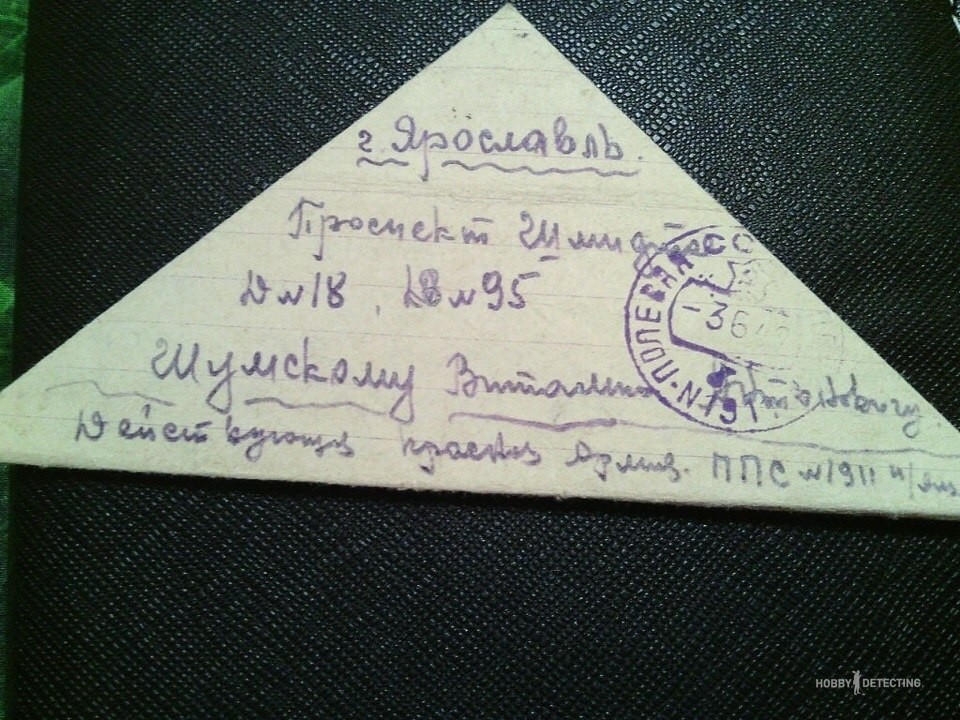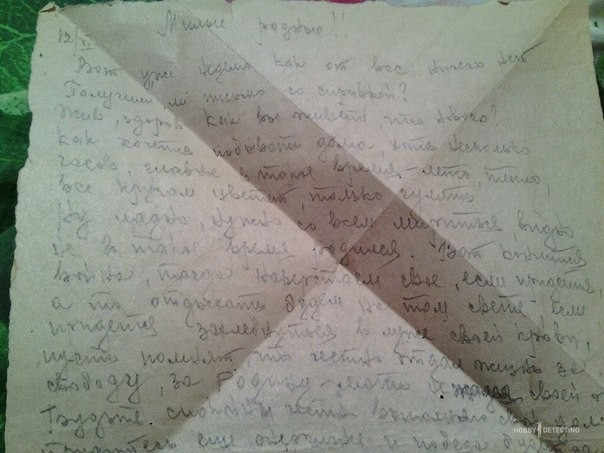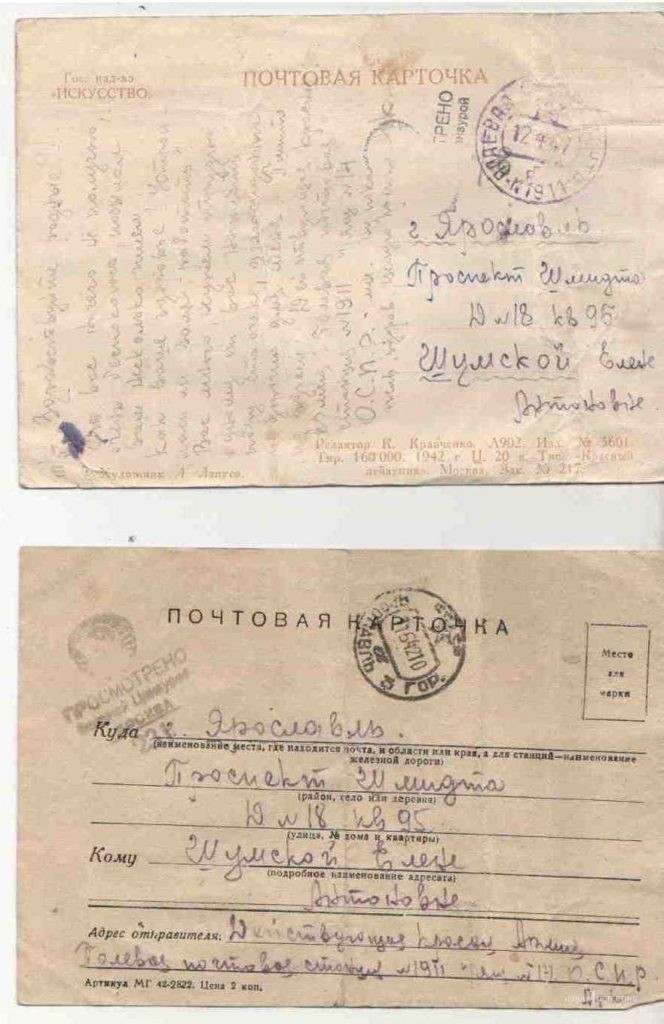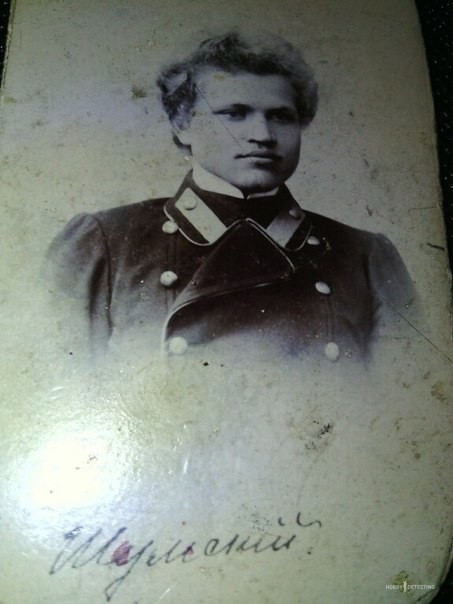Height 114.2 (Competitive history of the digger!)
If you study the history of the Battle of Stalingrad from school textbooks, you may get a simplified idea of the course of the battles that took place there. The Nazis are advancing on Stalingrad. On August 23, 1942, the most merciless bombing in the history of mankind takes place, and on the same day, advanced motorized German units reach the Traktorozavodsky district of Stalingrad in the area of the Sukhaya Mechetka gully, and from that moment on, battles supposedly take place exclusively in the city.
But this is a misconception. At the end of August, in September and October, in the steppe, on the outskirts of Stalingrad, battles take place no less, and perhaps even more terrible, than in the city itself.
A secret buried in the ground
Содержание статьи:
The reason for this initiative was the result of extensive and painstaking work by Volgograd search engines, which began back in August 2012. Then in the area with. Dozens of caring people from different parts of the country gathered in Kuzmichi of the Gorodishchensky district, for whom the memory of the exploits of the Red Army soldiers during the Great Patriotic War is sacred. Every year they bring back from oblivion hundreds of missing heroes who, at the cost of their own lives, saved the world from fascism.
“When examining height 114.2, which rises above the Kuzmichevsky spring, we came across a hole in the ground, upon opening which we discovered many human remains,” says Alexander Krainov, a member of the “Red Army Man” search team. “There were Red Army soldiers buried there, who, unfortunately, could no longer be identified. The burial we found suffered from the so-called “black diggers”, who are capable of turning any grave upside down for the sake of at least some war trophy. But we were lucky: we recovered the remains of a fighter, who, fortunately, did not reach the hands of the looters.
The dead sometimes “speak”
At the bottom of the trench, searchers found the skeleton of a tall guy. He “sat”, clutching a German grenade in his hands, and a bayonet-knife from a Tokarev self-loading rifle was strapped to his belt. Obviously, the soldier, using captured weapons, was preparing to repel another enemy attack, but mortar fire prevented him…
In the soldier's chest pockets were the remains of a smoking pipe and a box of monpensier lollipops, which the soldier probably used to store tobacco. On the chest, along with the remains of a decayed tunic, the search engines found the “athlete-parachutist” badge. An important find was a medallion, which usually contains all the information about the deceased soldier.
“All the personal belongings found and the search experience told us that we had found far from an ordinary fighter,” continues Alexander. – Our guesses were completely confirmed when we managed to read the note from the medallion.
The soldier found by the search engines turned out to be the squad leader, intelligence officer Viktor Pavlovich Pekhtelev, born in 1921 from the 37th separate reconnaissance company of the 41st Guards Rifle Division. He was drafted from Irkutsk and died in battle on September 23, 1942. It was this information that subsequently became the main link in the chain of further search investigation.
The clue
The 41st Guards Rifle Division, which took part in the battles of Stalingrad, was formed in August 1942 on the basis of the 10th Airborne Corps. Search engines found the remains of a fighter with a paratrooper badge, which means he was a paratrooper and belonged to this particular formation. The losses of the 41st division in the Stalingrad region amounted to over 10 thousand people – almost its entire strength.
– Thanks to the lists of irretrievable losses of the 41st Guards Rifle Division, we were also able to establish that in the period from September 23 to 25, 1942, many reconnaissance officers and sappers died at height 114.2. The question of what happened at this height and why the elite units of the unit were thrown into battle as simple infantry haunted us for a long time,” says Alexander.
One day, the book “At the Crossroads. Combat operations of the 41st Guards Rifle Korsun-Danube Order of Suvorov Division.” Its author is Alexey Yaroshenko, guard lieutenant colonel, instructor of the political department of the 41st Guards Rifle Division. He described in sufficient detail the circumstances of the battle that began on that fateful day of September 23, 1942 at that same height of 114.2. As the author writes in his book, “the enemy wanted to capture this high-rise building first of all.” The regiments were greatly thinned out, and the enemy daily launched large forces of infantry and tanks into attacks. Of the entire command, only one guard sergeant Arkady Shumsky remained senior at the top.
“Don’t give up the height!”
After another counterattack, where Arkady Shumsky was seriously wounded, he saw that “less than half of those who started the battle remained in the ranks.” There were 14 fighters in total. Most were seriously injured. But still, it was decided not to give up the height. Shumsky ordered: to inspect the height, collect all the cartridges and grenades. But before the guards had time to complete the task, explosions occurred again. The sergeant was wounded again.
When the Nazis approached the trenches, machine gun fire burst out from there. They turned out to be so “unexpected and well-aimed that the Nazis rolled back again.” Shumsky was wounded a third time – in the arm. But meanwhile the battle continued. For 19 hours, the guards repelled the fierce counterattacks of a company of German machine gunners and 5 tanks, despite the fact that their ranks were thinning each time.
An explosion occurred near Shumsky. He woke up when a flask of water was pressed to his lips.
– Is the altitude maintained? – Shumsky whispered.
“He’s holding on,” answered fighter Nikolai Snegirev.
When it got dark, Shumsky was carried in his arms to the division command post in Rodnikovaya Balka, and from there he was sent to the medical battalion, where he died on September 24, 1942. Doctors counted 14 wounds on his body.
For his courage and bravery, Sergeant Arkady Shumsky was posthumously nominated for the title of Hero of the Soviet Union, but was awarded the Order of the Red Banner. Together with him, three more guardsmen were awarded high awards for the battle at height 114.2.
In the name of heroes…
According to archival documents, the officer of the unit that replaced the 41st Division in combat positions notes in his report that about 100 unrecovered bodies of Red Army soldiers were observed in the defense zone at an altitude of 114.2. They were not removed even after the war. Over time, the dead were swallowed up by the earth right where they heroically met their death.
“Having carried out a lot of search work, we had no shadow of a doubt that that autumn of 1942, 90 young but already quite experienced soldiers at an altitude of 114.2 accomplished a real heroic feat,” says Denis Soloviev, chairman of the Volgograd regional search public organization “Heritage.” “We considered it unfair that he was undeservedly forgotten. Therefore, we decided that naming one of the streets of Volgograd after Shumsky would become a symbol and tribute to the memory of the defenders of Stalingrad, who bore all the hardships of the battle on the Volga.
As Denis Solovyov said, on the eve of the 70th anniversary of Victory in the Great Patriotic War in Volgograd, on the initiative of “Heritage”, the memory of five more heroes will be immortalized. The new streets of the regional center will bear the names of the deputy commander of the 76th Guards Assault Aviation Regiment, Major Fyodor Tyulenev, the deputy commander of the 3rd Cavalry Corps for the political part of the Guard, Colonel David Dobrushin, the Major of the 76th Guards Assault Aviation Regiment, the deputy squadron commander Mikhail Stepanishchev, the rifle commander company of the 529th Foksha rifle regiment of the 163rd Romny-Kyiv division, senior lieutenant Fedor Tokarev and the battery commander of the 43rd artillery regiment of the guard, captain Georgy Kursekov.
Excerpt from a book
…The soldiers in the platoon had already been fired upon, all were Komsomol members. They are former paratroopers and highly trained militarily. And now, finding themselves in a semicircle, they did not flinch.
Not far from the lieutenant in the rifle cell was Guard Sergeant Arkady Shumsky. In short bursts, with sapper efficiency, he hit the advancing Nazis. A little further away, Red Army soldier Snegirev stood in a guard trench and just as calmly fired at the enemy.
One tank had already come very close to the trenches. A grenade flew at him, then a second one. And the tank moved back. The machine gunners also lay down.
The guards increased their fire, and the Nazis could not stand it and began to retreat. The Nazi attack failed. But soon there was a burst at the height again, followed by such a roar that the earth shook. And immediately after the shells exploded, the Nazis rushed to attack.
Sergeant Shumsky was waiting for the command. The Nazis are already very close, but the lieutenant’s voice is not heard. Shumsky looked to where the commander stood, but he was not there. I rushed to him and saw him at the bottom of the trench. “Killed or wounded?” – flashed through my head. There was no time left to run up to the commander – the Nazis were already approaching the trenches.
– Listen to my command! – the sergeant shouted. – For the Motherland, beat the Nazis!
And in response, machine gun fire rang out. Shumsky heard that they are not as thick as before. This means the losses are big.
The tanks crawled out. One goes straight towards Shumsky. The sergeant took a bottle of incendiary fluid and stood up in the trench. The steel mass is getting closer and closer. “It's time!” A wave and the bottle rang against the armor. Red tongues of fire danced. But Shumsky didn’t have time to rejoice: something pushed him hard in the shoulder and rainbows swam before his eyes, the earth shook.
How long Shumsky lay unconscious, he could not understand after he woke up. There was a noise in my head, and the wound felt a sharp pain. The battle has subsided somewhat. The sun had already risen high above the horizon. Gathering his strength, Shumsky went to the place where the lieutenant lay. The officer was seriously wounded.
Shumsky understood: he was now the eldest at the top. The Nazis retreated, but there was fighting everywhere and it is unlikely that they would give up their intention to restore the situation in this area. We must prepare.
Shumsky did not know how many fighters remained at the height, and decided to inspect the position. The picture before him was disappointing: he was missing many, and less than half of those who started the battle remained in the ranks. Many are seriously injured. He gathered all the fighters. There was no need to explain the situation – it was clear to everyone. It’s hard to count on help: there was fighting everywhere, and you couldn’t get close to the height during the day. It was necessary to hold out until darkness. We decided: not to give up the height!
“Inspect the height, collect all the cartridges and grenades,” Shumsky ordered. “And I’ll slide forward with someone and pick up some German machine guns and discs.”
Before the guards had time to do what they had planned, explosions began to roar again.
The sergeant returned from the sortie wounded for the second time.
A new attack has begun. This time the Nazis walked boldly: the heights were silent.
They apparently thought that her defenders were finished. But when the Nazis approached the trenches, machine gun fire burst out from there. They turned out to be so unexpected and accurate that the Nazis rolled back again.
Shumsky was wounded a third time – in the arm. And the battle did not subside. The sergeant heard that shots were heard less and less frequently at height, which meant that fewer and fewer fighters remained in the ranks. But it was necessary to hold on.
Suddenly there is an explosion nearby. Shumsky didn’t remember anything else. He woke up when a flask of water was pressed to his lips. He opened his eyes: the Red Army soldier Snegirev was bending over him.
— Is the altitude maintained? – Shumsky whispered.
“He’s holding on,” the fighter answered.
It got dark… The sergeant was carried in his arms to the division command post in the Rodnikovaya gully, and from there he was sent to the medical battalion. There were fourteen wounds on his body.








VOLGOGRAD CITY DUMA
SOLUTION
dated 02/04/2015 No. 25/753
On perpetuating the memory of Guard Sergeant A.A. Shumsky
In accordance with the decision of the Volgograd City Duma dated September 27, 2006 No. 34/779 “On approval of the Regulations on perpetuating the memory of outstanding citizens, events and organizations in the hero city of Volgograd”, having considered the petitions of the Volgograd Regional Search Public Organization “Heritage” dated September 23, 2014 No. 01-01-150/1, Volgograd City Duma Committee on Youth Policy, Sports, Tourism and Preparation for the World Cup dated 10/09/2014 No. 19-02i/2393s, Administration of the Sovetsky District of Volgograd dated 11/14/2014 No. 01-08/ 4020, minutes No. 3 of the meeting of the commission for the consideration of materials on perpetuating the memory of outstanding citizens, events and organizations in the hero city of Volgograd from November 17, 2014, guided by articles 5, 7, 24, 26 of the Charter of the hero city of Volgograd, Volgograd City Duma
DECIDED:
1. To perpetuate the memory of Guard Sergeant Arkady Antonovich Shumsky, a participant in the Battle of Stalingrad, by naming a newly formed street in the Sovetsky district of Volgograd after him.
2. The Volgograd administration will publish this decision in the official media in the prescribed manner.
3. This decision comes into force from the date of its adoption.
4. Entrust control over the implementation of this decision to A.V. Zverev, the deputy head of Volgograd.
Head of Volgograd A.V. Kosolapov
A new street to the south of the village of Peschanka in the Sovetsky district will be named after Shumsky – land plots are allocated there for the construction of housing for large families.
On May 7, 2015, his relatives came to honor the memory of the fighter. Yurginets, employee of the Yurginsky machine plant – Vladimir Chernyshev and his wife. In the last letter, Anya is his girlfriend. She followed him to the front as a nurse and also died. Apparently they managed to meet at the front. And Valyushka is his nephew.
—
Sincerely,
Chairman of the Council of Commanders
Volgograd Regional
Search Public Organization “Heritage”
Commander of the search detachment “Red Army Man”
Soloviev Denis Sergeevich.
